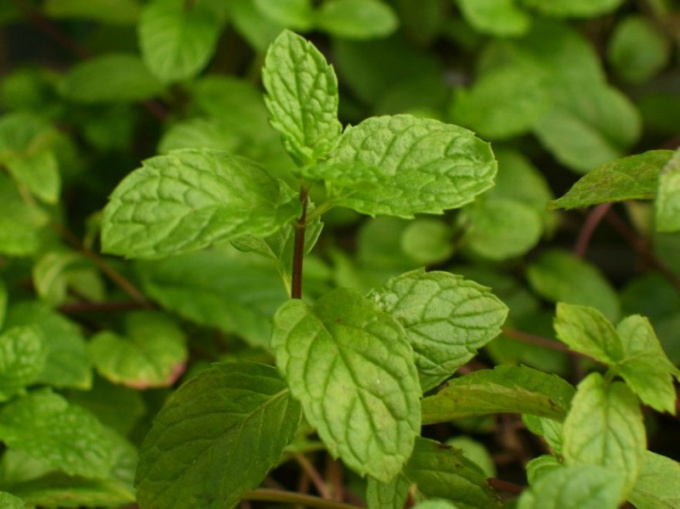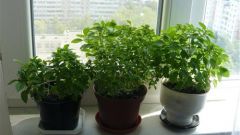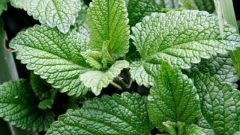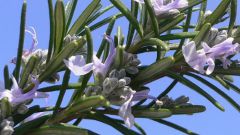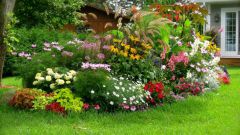To make it easy – mint unpretentious. It will fit almost any type of soil. But best of all the bushes feel moist, fertile lands with ample sunlight, but they tolerate light partial shade.
Planted plant in early spring, sometimes in autumn. Best suited for this area, where he grew crops that fed manure. The flower bed is dug up and make fertilizer - wood ash, compost or the manure.
For planting use usually rhizomatous cuttings or sprouts. The distance between them should be not less than half a meter, as the plant quickly grows. For the best survival bed abundantly watered 2-3 times a week for the first month. To Bush grew smooth and beautiful, you need time pinched the tip of the main stem.
In emergency care does not need mint. Need only time to water the plant and carry out weeding from weeds. Bushes that grow in the sun, watered more abundantly than those grown in partial shade.
Mint, like all plants, susceptible to disease and pest attacks. The plant is affected by rust. This can happen in a year with high humidity or in the event of overfeeding of the bushes with nitrogen fertilizers. For treatment, it is recommended to spray Catnip Bordeaux liquid.
However, you can do without chemicals. If the plant fell ill due to high humidity, to cut off all the branches and fertilize the bushes. After the regeneration they will be healthy. In the case of overfeeding to cut the entire aboveground part. Then to restore the mint will spend the excess fertilizer.
From pests to plants are dangerous peppermint leaf-simonoska. To avoid his attacks, around the plantings and destroy all plant residues.
When growing mint, you need to consider its main feature – it is very fast growing. Therefore, the area with the bushes it is recommended to protect low, it is better tin fence to a height of 10 cm into the ground.
Mint leaves are harvested before flowering.
